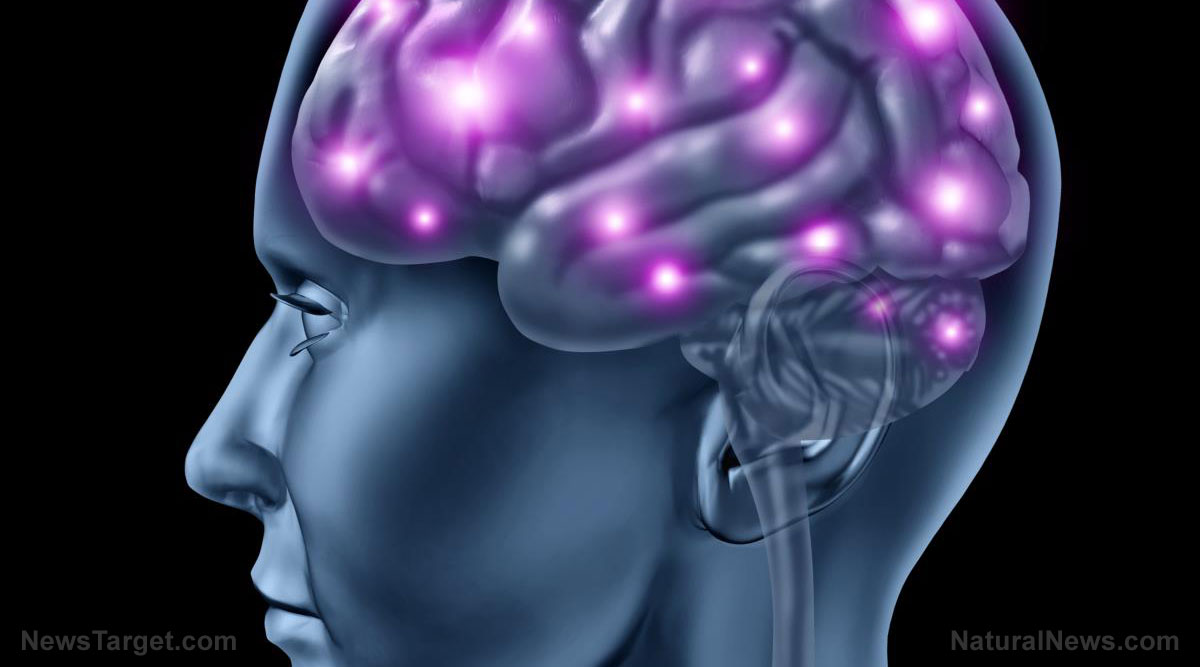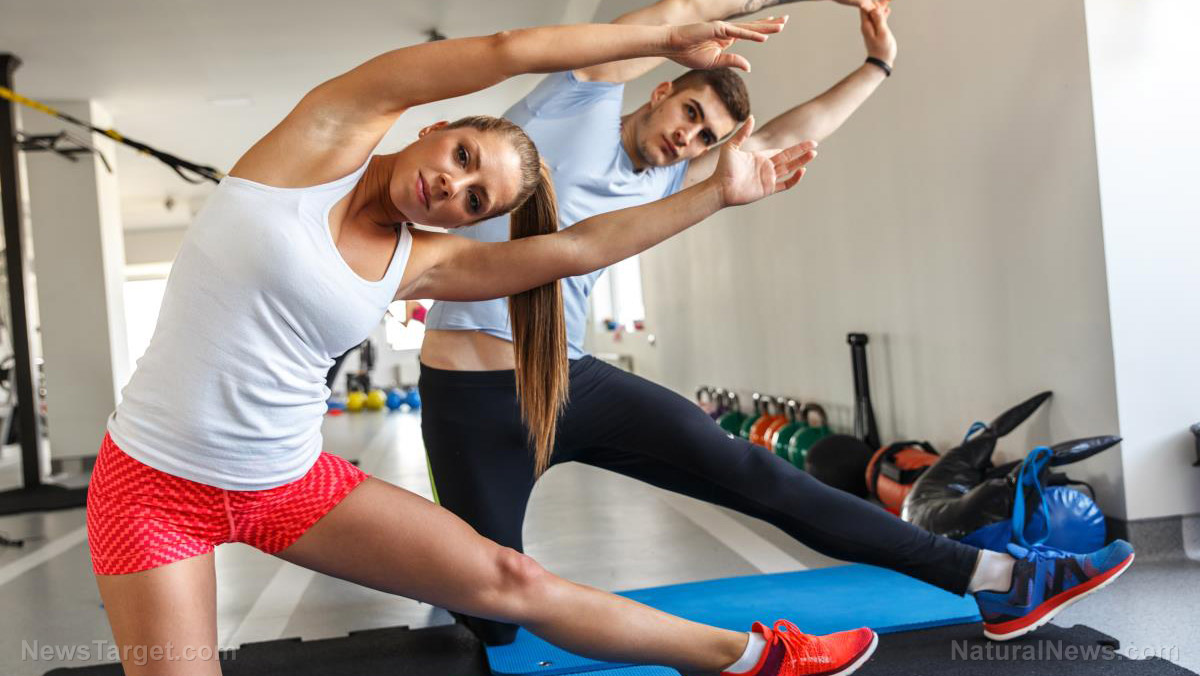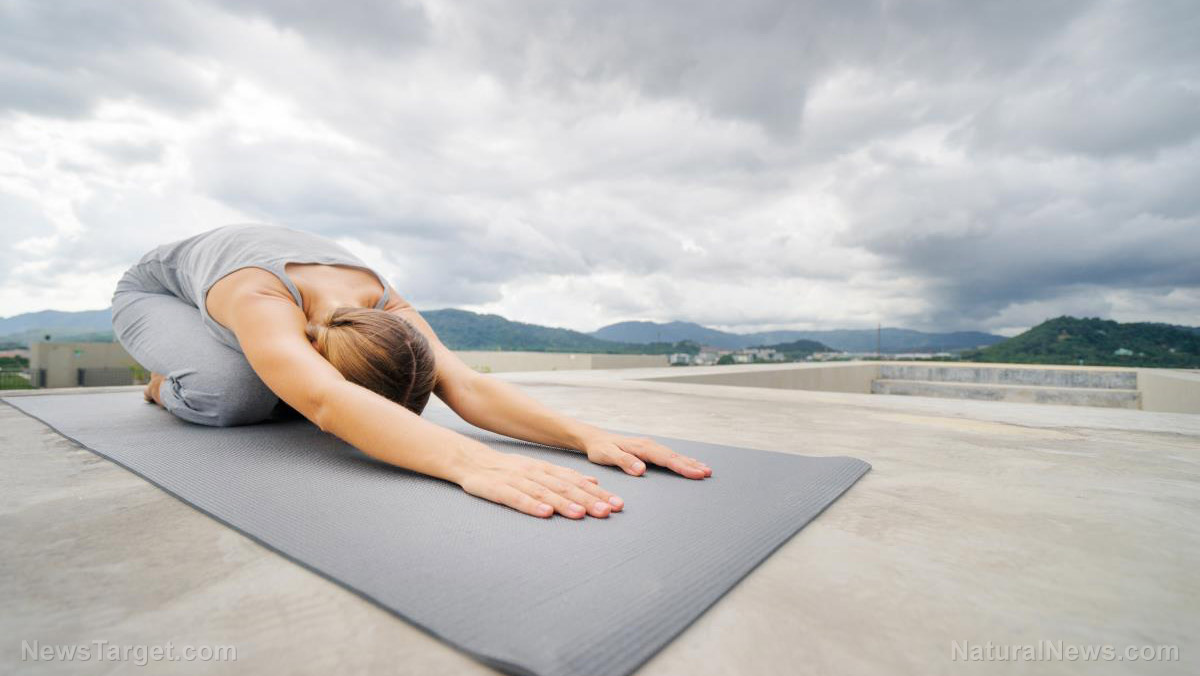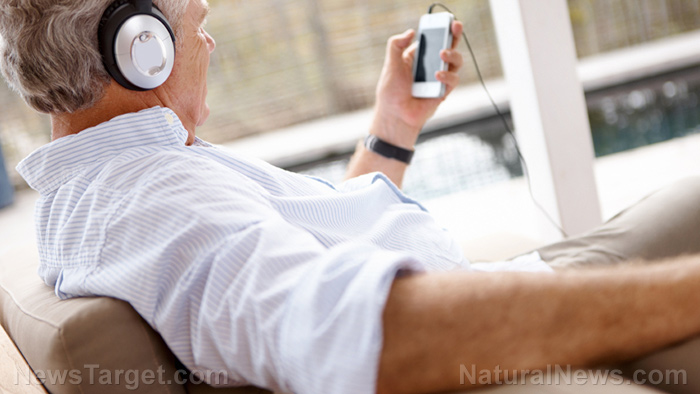Like when babies crawl, arm exercises help stroke victims regain use of their legs
07/18/2018 / By Michelle Simmons

People who have suffered a stroke need to relearn the skills that they may have lost, such as walking, to improve the quality of their lives.
Arm training exercises may enhance leg function in stroke patients. This was according to a study published in the Journal of Neurophysiology that looked at the effect of arm training on the leg function of people who suffered from a stroke.
The authors of the study from University of Victoria in Canada recruited 19 people who suffered a stroke between seven months and 17 years before the study. The participants of the study performed three 30-minute, moderate-intensity arm cycling training sessions per week for five weeks.
Moreover, the study authors assessed the participants’ physical abilities before and after arm training with the use of several standardized scales. The participants also completed three physical function tests: Six Minute Walk, which assesses how far a person can walk in six minutes; Timed 10-Meter Walk, which evaluates how fast a person can walk 10 meters; and Timed Up and Go, which measures the time it takes to stand up from a seated position, walk 10 feet, turn around, walk back, and sit down again. Furthermore, their electrical activity in the muscles and stretch reflexes in the lower legs and wrists during both arm cycling and walking tests were analyzed.
After the training sessions, the participants showed great improvements on all of the walking tests. Their greatest improvement was 28 percent in the Timed Up and Go test. Some participants also experienced less tightness in their muscles, although there was no significant change in grip strength. Furthermore, the study authors saw that the participants’ nerve activity increased during arm cycling. As a result, it enhanced the function of the spinal cord in other parts of the body, such as the legs, affected by stroke.
“Although improvements in walking may not be as robust as those from other training modalities, they do highlight the integral role that training the arms can have on rehabilitation of human locomotion,” the study authors wrote.
More on stroke
When the blood supply to a part of the brain is disrupted or reduced, the brain tissue is deprived of oxygen and nutrients. After a few minutes, brain cells start to die, resulting in a stroke. A stroke can sometimes lead to temporary or permanent disabilities, depending on how long the brain lacks blood flow and which part was affected. A stroke may result in paralysis or loss of muscle movement, having a hard time talking or swallowing, memory loss or difficulty in thinking, making judgments, reasoning, and understanding concepts, emotional problems, pain, and changes in behavior and self-care ability.
Since strokes are a medical emergency that need immediate treatment, it is important to know the signs and symptoms of it. These include difficulty with speaking and understanding, paralysis or numbness of the face, arm, or leg, difficulty with seeing in one or both eyes, sudden severe headache, and difficulty in walking.
Stroke patients undergo rehabilitation in order to get their life back to normal and live as independent as possible. They have to learn new skills or relearn old one, adapt to new limitations and post-stroke conditions, or find new social, emotional, and practical support to make the most out of their life after stroke. (Related: After a stroke, brain exercise is key: Virtual reality training found to be effective supplemental therapy for regaining movement.)
Learn more natural remedies to stroke and other health conditions at Naturopathy.news.
Sources include:
Tagged Under: alternative treatments, arm cycling, arm exercise, arm training, brain function, exercise, leg function, natural healing, Naturopathy, nerve activity, remedies, research, stroke, walking




















